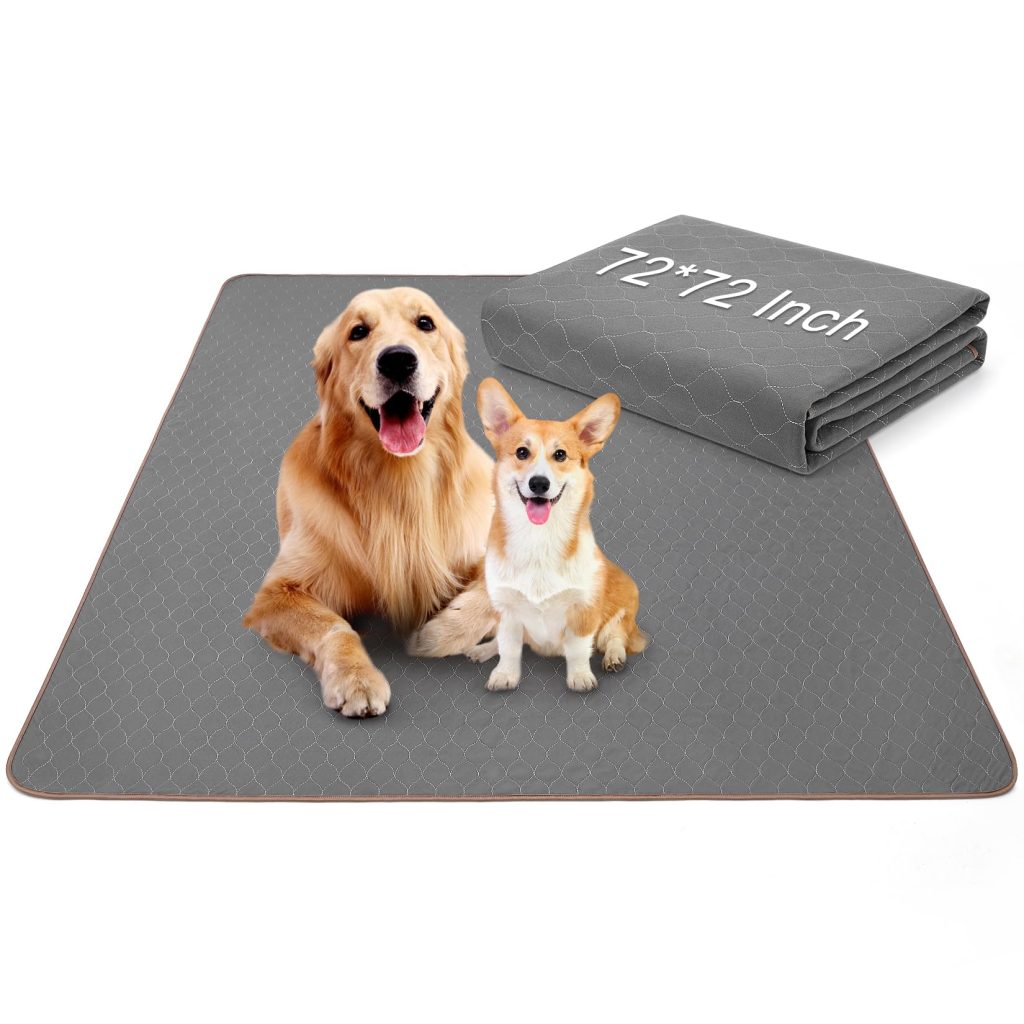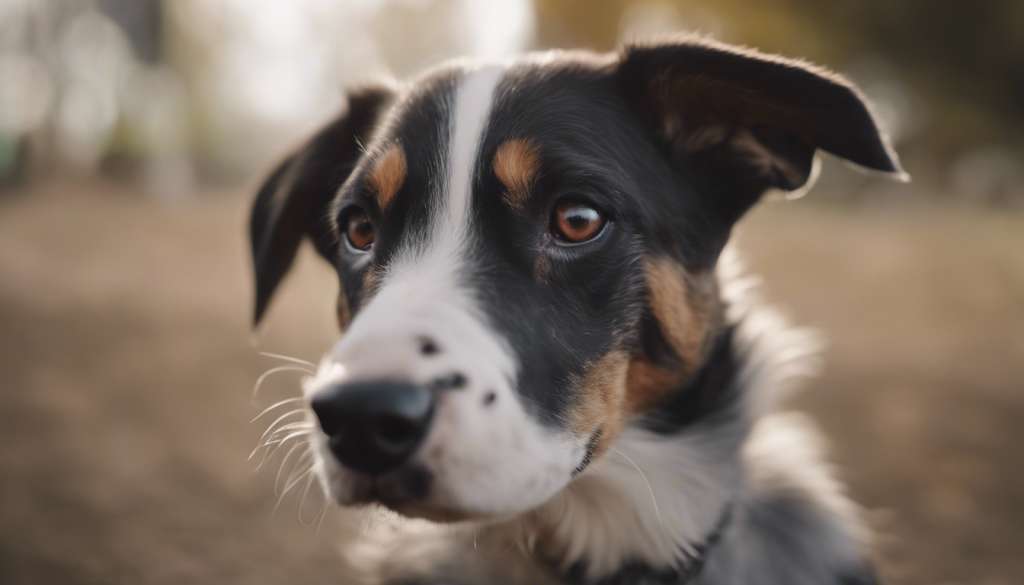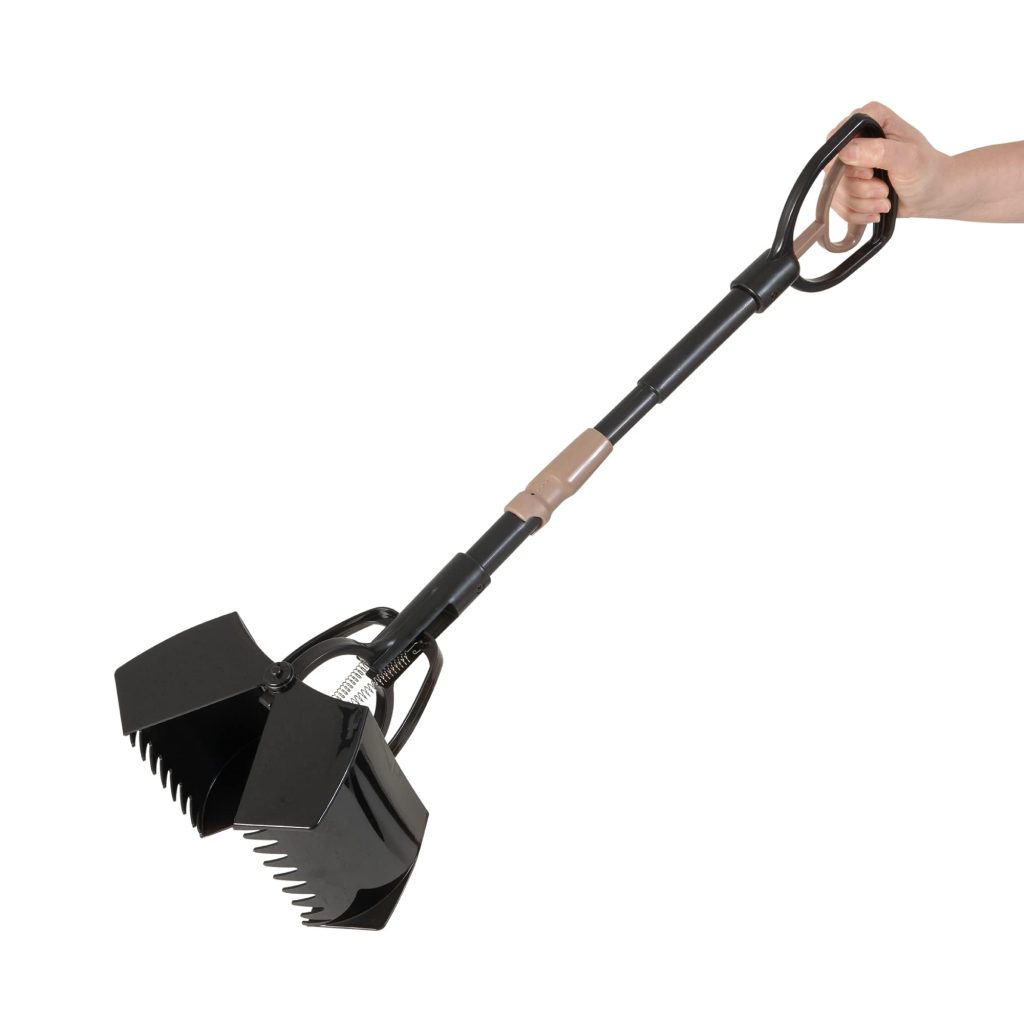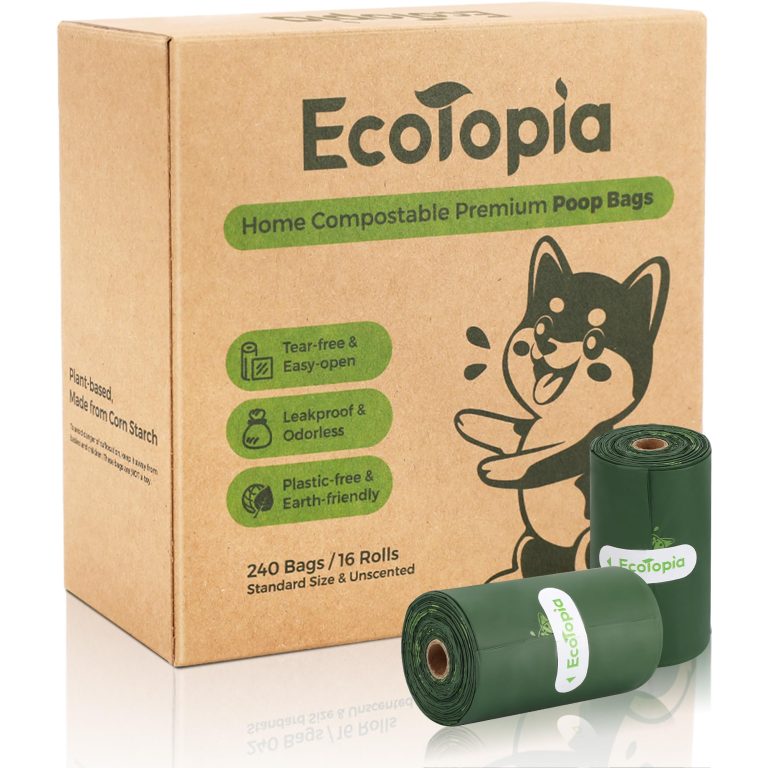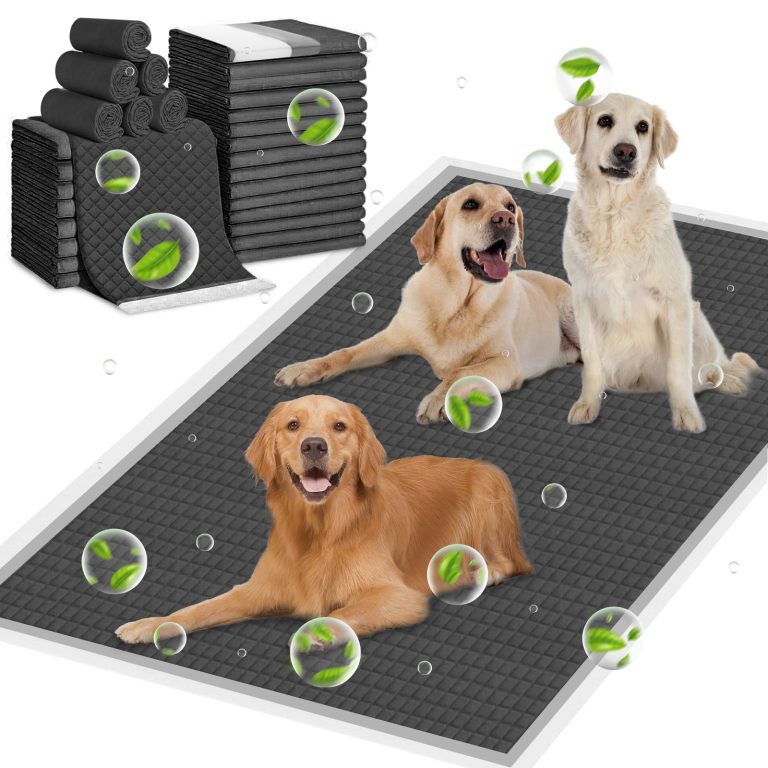American Eskimo Dog
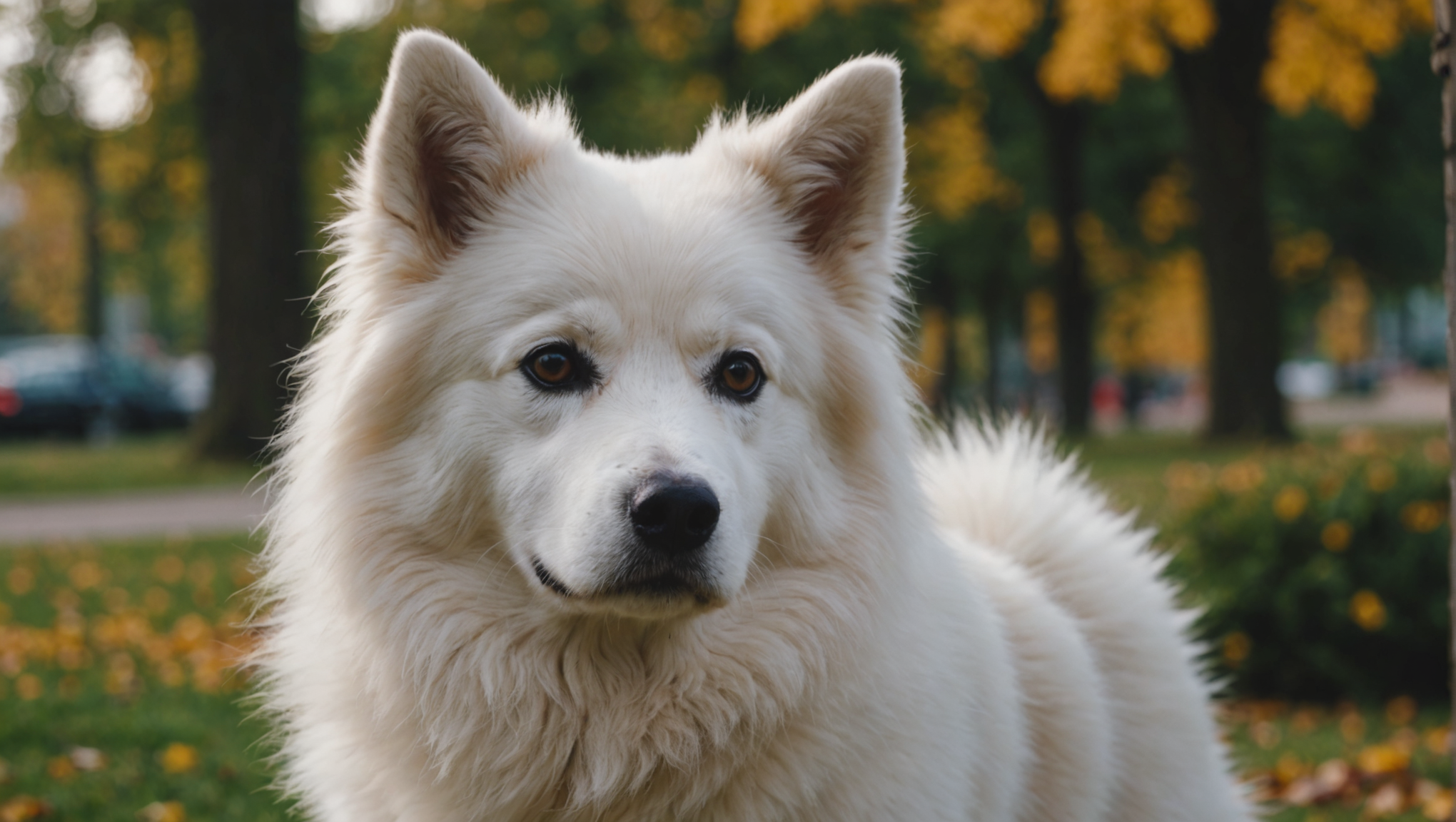
The American Eskimo Dog, often affectionately referred to as the “Eski,” has a rich history that intertwines with both the American landscape and the heritage of its European ancestors. While the breed’s origins can be traced back to the Spitz family of dogs, particularly the German Spitz, the American Eskimo Dog emerged as a distinct breed in the United States during the late 19th century. Breeders sought to capitalize on the dog’s intelligence and versatility, creating a companion that would excel not only in various dog sports but also as a loyal family pet.
Initially, these dogs were primarily used as working dogs on farms and as circus performers due to their impressive agility and trainability. Their striking appearance and engaging personalities captured the hearts of many, which contributed to their burgeoning popularity across America. The breed thrived in the performing arts, charming audiences with their playful antics and uncanny ability to learn tricks, all the while displaying their innate qualities that make them the perfect companion.
As the breed evolved, enthusiasts began to recognize the American Eskimo Dog for its unique characteristics and versatility. The American Kennel Club (AKC) officially recognized the breed in 1995, further cementing its status as a valued member of the canine community. Despite its name, the American Eskimo Dog has no direct connection to the Eskimo culture; rather, the nomenclature reflects the breed’s original connection to the Arctic-based living conditions of its ancestors and their resemblance to the dogs that accompanied indigenous Arctic people.
Throughout the decades, the breed has maintained its delightful demeanor and capabilities, which are key contributors to its lasting charm. The American Eskimo Dog comes in three size varieties—Toy, Miniature, and Standard—each showcasing the same fluffy coat, alert expression, and distinctive bear-like face. This adaptability, combined with their vibrant energy, defines what an American Eskimo Dog truly embodies: a perfect blend of companionship and spirited personality.
Yet, the historical journey of the American Eskimo Dog also reflects significant challenges, particularly in terms of maintaining breed standards and health. The risk of genetic disorders, which can plague purebred dogs, underscores the importance of responsible breeding practices and the conscientious efforts of organizations dedicated to preserving this enchanting breed. It is this thoughtful legacy—intertwined with the hard work of breeders and the love of owners—that continues to shape the American Eskimo Dog into an exceptional companion for modern families.
Physical Characteristics
The American Eskimo Dog is a breed that’s not only visually striking but also possesses a unique combination of physical traits that contribute to its appeal and allure. With a dense double coat that comes in pure white or biscuits with shades of cream, the breed emanates an air of elegance and softness. The outer coat consists of long, straight guard hairs, while the undercoat is thick and plush, providing insulation against harsh weather. Notably, the coat’s maintenance can be a commitment, as they necessitate regular grooming to prevent matting and to manage shedding effectively. A weekly brushing is usually recommended, with more frequent grooming during shedding seasons to keep their luxurious fur in optimal condition.
In addition to their exquisite coat, the American Eskimo Dog showcases a well-proportioned body that reflects their agility and strength. They sport a sturdy, compact frame supported by a straight back and robust limbs, which allows them to excel in various physical activities, whether it is agility courses or playful games in the yard. Their characteristic bear-like face, equipped with expressive dark eyes and erect triangular ears, conveys warmth and intelligence, enhancing their ability to form strong bonds with their human companions.
The breed’s size variability—from the dainty Toy, through the versatile Miniature, to the impressive Standard—ensures that prospective owners can find an American Eskimo Dog that fits well with their living situation and lifestyle. This diversity allows the breed to adapt to both apartments and larger homes, provided they receive the appropriate amount of exercise and mental stimulation. Setting aside regular playtime and engaging activities, such as puzzle toys or obedience training sessions, can effectively channel their intelligence and zest for life, ensuring a well-rounded and fulfilled companion.
However, it is paramount to be cognizant of potential health concerns that could affect the American Eskimo Dog. Patellar luxation, hip dysplasia, and certain skin conditions are among the issues that can arise in this breed, underscoring the critical importance of routine veterinary check-ups to monitor overall health. Responsible breeding practices play a pivotal role in minimizing these risks, and prospective owners are encouraged to seek breeders who prioritize genetic health screening. Additionally, maintaining a healthy weight through a balanced diet is important, as obesity can exacerbate existing health issues and lead to additional complications.
Dietary needs can vary based on size and energy level; thus, it is vital to provide high-quality dog food that meets the specific nutritional requirements of your American Eskimo Dog. Consultation with a veterinarian can help determine the optimal feeding regimen, which might include portion control and the integration of appropriate supplements if needed. Regular exercise, such as daily walks and interactive playtime, combined with a balanced diet, contributes significantly to the breed’s overall health, longevity, and happiness.
In essence, the American Eskimo Dog is a captivating breed that marries aesthetic appeal with an amiable disposition. Their vibrant characteristics, paired with diligent care and thoughtful training, can foster a deeply enriching companionship, making them an excellent addition to the family. By recognizing their unique needs and providing consistent care, owners are sure to enjoy the delightful antics, loyalty, and love that this breed consistently offers.
Temperament and Behavior
The American Eskimo Dog is renowned for its vibrant temperament and endearing behavior, which are hallmarks of this spirited breed. At their core, these dogs possess an innate intelligence that makes them not just quick learners but also eager to please, traits that owners must capitalize on for effective training and socialization. Generally, they exhibit a lively enthusiasm that resonates in their affectionate nature, creating a warm bond with family members both young and old.
Socialization is vital for the American Eskimo Dog, especially when introduced to new experiences, people, and other pets. Early socialization efforts will help to shape a well-rounded adult dog that’s adaptable and confident. Exposing them to various environments, noises, and social settings can mitigate the potential of shyness or wariness toward strangers—a common challenge if they are not properly acclimatized. Such experiences should be positive and rewarding to reinforce their natural curiosity and ensure they remain sociable and approachable.
In terms of interaction, the American Eskimo Dog thrives on companionship and is often described as possessing a charming, playful demeanor. Their desire for connection means they may exhibit some separation anxiety when left alone for extended periods. Owners should take care to gradually acclimatize them to solitude, incorporating engaging toys and safe chewables to keep them occupied in your absence. Training them to be comfortable alone is essential; it helps cultivate an independent spirit while preserving the bond between dog and owner.
While affectionate, American Eskimo Dogs are also notable for their spirited playfulness. They revel in games such as fetch, agility challenges, and even obedience trials, which double as excellent outlets for channeling their high energy levels. Regular exercise is not just beneficial but essential; without it, these equally smart and active dogs can become bored, potentially leading to destructive behaviors. daily walks and interactive games are not merely advisable; they are vital for maintaining your dog’s physical health and emotional well-being.
Behaviorally, an American Eskimo Dog will often display a tendency towards vocalization. They’re known for their barks, which can serve as both a means of communication and an alert system for their families. While this quality can effectively inform owners of visitors or disturbances, it’s crucial to manage excessive barking through consistent training methods, positively reinforcing quiet behavior. Teaching commands such as “quiet” or redirecting their attention to a toy when barking begins can help to establish desired behavior patterns.
Health-wise, while the American Eskimo Dog generally enjoys a robust constitution, certain traits make this breed susceptible to particular issues. These can include hip dysplasia and patellar luxation, particularly among Toy and Miniature sizes. Owners are encouraged to undertake regular vet check-ups to monitor and address these potential concerns promptly. A clear understanding of breed-specific health traits will empower owners to seek preventive measures and timely interventions, enhancing their dog’s quality of life.
Grooming forms another axis of care for the American Eskimo Dog, with their thick, double coat necessitating routine attention. Regular brushing—at least weekly—is critical for managing shedding and preventing matting, especially during periods of seasonal shedding. Bathing should be done judiciously, as over-bathing can strip natural oils from their coat. Maintaining the coat’s cleanliness and insulation will not only contribute to their majestic appearance but also to their overall comfort and health.
In essence, nurturing an American Eskimo Dog requires a holistic approach that blends structure with affection, training with play. By understanding their temperament and behavior, owners can harness the breed’s inherent strengths while addressing any predisposed challenges. Consistent engagement and wellness care ensure that the undeniable charm of the American Eskimo Dog continues to shine brightly within the home, leading to a joyful, multi-faceted companionship that both dog and owner will cherish for years to come.
Care and Training Requirements
Caring for an American Eskimo Dog involves a multifaceted approach that emphasizes not only physical well-being but also mental stimulation and emotional needs. Recognizing their intelligence and playful disposition very important, as the breed thrives on interaction and engagement. Regular training sessions, enriched with positive reinforcement techniques, can foster a strong bond between the dog and owner while simultaneously addressing the dog’s inherent need for mental challenges. Basic obedience commands, such as sit, stay, and come, should be taught early on, as they lay the groundwork for both safety and good behavior.
In light of their energetic nature, consistent exercise is essential for the American Eskimo Dog. Daily walks, interactive playtime in secure outdoor spaces, and activities like fetch or agility training serve as excellent outlets for their abundant energy. The breed’s playful demeanor means they often enjoy learning new tricks, which not only provides physical activity but also sharpens their mental faculties. Incorporating puzzle toys or treat-dispensing challenges can further engage their keen intellect, ensuring they remain stimulated and happy.
When evaluating the setting in which your American Eskimo Dog resides, consider providing ample space for both physical activity and comfort. Although they can adapt to apartment living, ensuring regular outdoor access is critical. Creating a dedicated play area equipped with toys can help corral their exuberance and prevent destructive behaviors that arise from boredom.
Grooming is another cornerstone of care for the American Eskimo Dog, strongly influenced by their double coat. Regular brushing—ideally two to three times per week—can significantly reduce shedding while preventing mats from forming in their fur. During shedding seasons, more frequent grooming may be necessary to keep their luxurious coat in tip-top condition. Bathing should be approached with caution; typically, a bath every two to three months is sufficient unless the dog gets particularly dirty. This schedule helps to preserve the skin’s natural oils while ensuring the coat remains vibrant and healthy.
Nutrition also plays a pivotal role in the holistic health of the American Eskimo Dog. Given their varying sizes, it’s imperative to select high-quality dog food tailored to their specific needs, preferably one this is rich in protein and balanced with essential vitamins and minerals. Consult with a veterinarian to fine-tune a feeding regimen that considers the dog’s size, age, and activity level. This ensures they maintain a healthy weight—obesity can exacerbate health issues such as hip dysplasia, which is notably prevalent within this breed.
In terms of health care, regular veterinary check-ups are paramount. These visits can facilitate early detection of potential health issues, including but not limited to patellar luxation, allergies, and dental problems. Routine vaccinations, preventive medications for parasites, and dental care are all critical aspects of maintaining the overall health of your American Eskimo Dog.
Further, socialization should not be overlooked as a vital necessity throughout an American Eskimo Dog’s life. Introducing them to varied environments, experiences, and people can foster a confident and well-adjusted adult dog. This process is most effective when started early in puppyhood, but it’s important to continue offering diverse social encounters as the dog matures.
Finally, it especially important to acknowledge the emotional aspect of care for the American Eskimo Dog. Their affectionate nature means they thrive on companionship; hence, training them to be comfortable when alone will help curb potential separation anxiety. Gradual desensitization when departing for short durations can ease apprehension, while leaving them with engaging toys or even rotating their play items can mitigate boredom and anxiety.
By taking these comprehensive care guidelines to heart, owners can nurture a deeply satisfying and rewarding relationship with their American Eskimo Dog. The breed, with its delightful allure and spirited personality, flourishes under dedicated attention, fostering a companionship that resonates with joy and mutual respect.
